Launching the Long Island Retail Frontier
On August 30, 1973, the parking lot outside Sunrise Mall filled fast. Shoppers lined up before the doors opened, some leaning against their cars, others holding kids by the hand.
Long Island had seen department stores before, but never like this - a two-level mall with 140 stores under one roof.
The Muss-Tankoos Corporation built it from the ground up - 1.3 million square feet, $45 million in development costs, and four anchor stores: JCPenney, Macy's, Gertz, and E. J. Korvette.
Just off Sunrise Highway in East Massapequa, it was the first mall of its kind on Long Island.
Local newspapers called it "a new standard" for suburban retail. It looked modern and clean, with brown brick, wide glass panels, and plenty of room to expand.
Inside, shoppers walked from Woolworth to Sam Goody, past Fanny Farmer chocolates and the smell of frying oil from Nathan's.
There were signs everywhere: "Grand Opening Special," "Back to School Sale," and "2 for 1." Thom McAn and Lerner Shops ran discounts all week.
The idea was to keep people inside - and it worked. By the weekend, the mall was packed.
The rise of enclosed malls had already started in other parts of the country. But on Long Island, Sunrise set the tone.
It was the kind of place where families came on weekends just to walk around. The climate control, the lighting, the layout - it all felt new.
In 1976, a United Artists theater opened inside with five screens. Three more were added in 1979.
Movie nights, shopping trips, and quick dinners under fluorescent lights became part of the local rhythm.
For a while, if you were looking for things to do in Massapequa, New York, you went to Sunrise Mall.
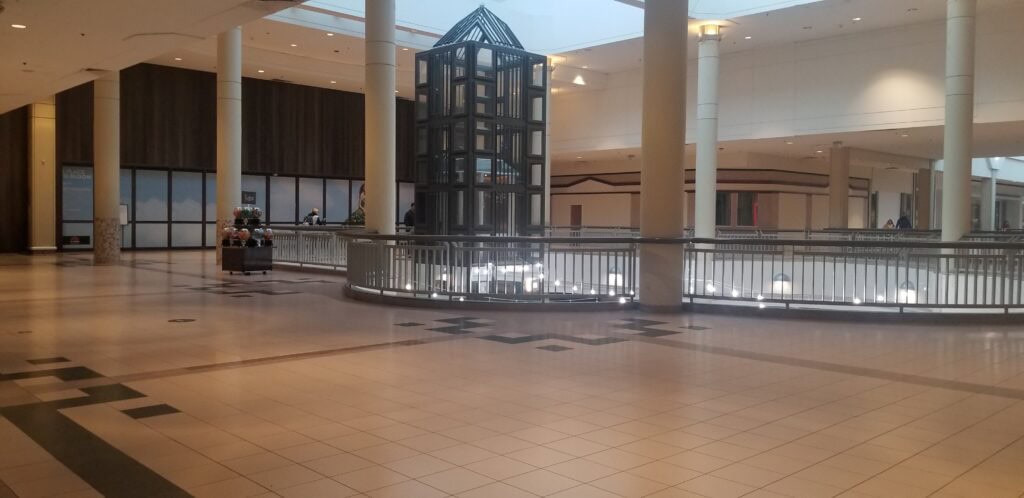
Upgrades, Expansions, and Westfield's Entry
By the 1990s, Sunrise Mall had settled into a rhythm - steady crowds, seasonal promos, and holiday foot traffic.
But management wanted more. In 1991, the mall underwent a full interior remodel, and skylights replaced ceiling tiles.
A glass elevator was installed near the center court. Older storefronts were refaced with sleeker materials.
It was cleaner, brighter, and quieter - less hustle, more space.
Five years later, in 1996, the duck pond also got an upgrade. What had been a shallow, 4,000-gallon water feature now held koi.
The fish weren't flashy, but they gave people a reason to stop and look. Kids leaned over the edge, and parents snapped photos.
Near them, customers shuffled between Herman's and Lerner Shops, and Fanny Farmer was still handing out candy samples near the holidays.
Movies were also a draw. In 1979, United Artists added two more screens, bringing the total to seven.
Families made a night of it - food, shopping, a show. That started to change toward the end of the decade.
In 1999, the theater closed at the end of its lease. New tenants took over the space, converting it into retail units.
In 2005, the Westfield Group bought the mall for $143 million. Almost immediately, the new branding went up: Westfield Sunrise.
Directory signs changed. The red Westfield script appeared on bags, glass, and print ads.
They focused on attracting national chains and updating common areas. At the time, it felt like a second wind.
But strange things happened, too. In June 2007, a man drove his car through the concourse, smashing displays and knocking over kiosks, causing $60,000 in damage.
The story made rounds on local news for weeks. Store owners cleaned up and reopened, but questions about safety and what would happen next started to settle in.
Departures and Delays
On March 6, 2015, Walmart shut its doors inside the mall after a 12-year run. The space didn't sit empty for long - Dick's Sporting Goods took over shortly after.
But losing a low-price anchor stung. It cut down weekday traffic. People who once grabbed socks, dog food, and frozen pizza in one stop now had to go elsewhere.
Then came the JCPenney announcement in early 2017. Closure was expected, and liquidation sales were scheduled to start on April 17.
But something unexpected happened: more shoppers showed up. On April 13, management pushed the sale to May 22.
Clearance signs hung longer than planned. On July 31, the store closed for good.
In October 2018, there was buzz again. SeaQuest - a chain of small, interactive aquariums - said it planned to move in.
The company pitched hands-on exhibits, stingrays, birds, and snorkeling tanks. Some residents were excited.
Others weren't. Actor Alec Baldwin joined the pushback, siding with activists. Permits stalled, and the deal fell through in May 2019.
Then, a global health crisis hit. On March 19, 2020, Sunrise Mall shut down. All retail paused. The doors stayed closed until July 15.
When they reopened, the flow wasn't the same. Food court tables sat empty, and some stores never came back. Others slashed hours or shifted to online pickup.
A month later, in August 2020, the mall dropped the Westfield name. New signs read "Sunrise Mall" again. People noticed. Some said it felt right.
Others wondered if it meant something was ending. Rebranding wasn't unusual - but this time, it came without a clear direction.
The koi were still there. The floors were still clean. But the energy had changed.
Ownership Changes and the Quiet Sell-Off
The deal closed on January 4, 2021. Urban Edge Properties bought Sunrise Mall for $29.7 million - less than a quarter of what Westfield paid back in 2005.
There was no ceremony, no splashy press release, just a quiet transfer and a change of hands.
Real estate analysts noted the price and location. The building sat on 77 acres of land between Sunrise Highway and Carmans Road - still valuable, even if the retail space inside had started to empty.
Later that year, in October, Sears shut down. Its storefront was boarded up by winter. It had once stretched over two levels - appliances, suits, and lawn equipment.
Then came the announcement in February 2022. Urban Edge wouldn't renew leases for the remaining 50 tenants. Most had contracts through the year. Stores were told to plan their exits.
A few relocated. Others liquidated what they had left - clothing racks marked 80% off, fixtures for sale, and "Everything Must Go" signs taped over older ones.
Maintenance crews started removing the koi in September. The 50 fish were transferred to the Long Island Aquarium and nearby schools.
For years, they'd drawn children and older shoppers, who stopped to watch them circle under the surface.
The pond stayed empty after that, just water and stone.
No official plan had been filed by the end of 2022. The property remained zoned for commercial use.
Final Closures and the Last Tenant Standing
On January 9, 2025, Macy's corporate office announced it would close 66 stores across the country.
Massapequa made the list. The store had anchored Sunrise Mall since 1973. A week later, clearance banners went up.
Workers folded sweaters into boxes and rolled racks to the back. The company gave a closing date: March 23.
By then, most of the building was quiet. A few shoppers came to see Macy's one last time, and others didn't notice it was still open.
On its final day, lights flickered in the dressing rooms. A security guard stood near the entrance. Then it was done.
The building, with 208,000 square feet across three floors, was one of the mall's original anchors. Now, it is sealed off behind metal gates.
That left Dick's Sporting Goods - the only store still open in the entire complex.
It had replaced Walmart a decade earlier and was accessible from its exterior entrance.
Employees still showed up. The register still beeped. But the rest of the mall sat dark.
Even bus service shifted. On September 1, 2024, NICE cut direct routes. The N19 now stops at Hicksville Road, and the N80 ends near Unqua Road and Sunrise Highway.
Only the N55 and N71 are still pulled into the property.
Urban Edge said they were evaluating the next steps. No bulldozers had arrived, but zoning discussions had started.
Ideas circulated through community forums and planning meetings. Some residents pitched an open-air lifestyle center with green spaces and space for local businesses.
Others suggested medical offices, housing, or logistics centers.
There were challenges. People remembered what the mall had been. Some hoped to keep pieces of it, while others wanted a full reset.
As of March 2025, the building stood intact - quiet, mostly empty, waiting.
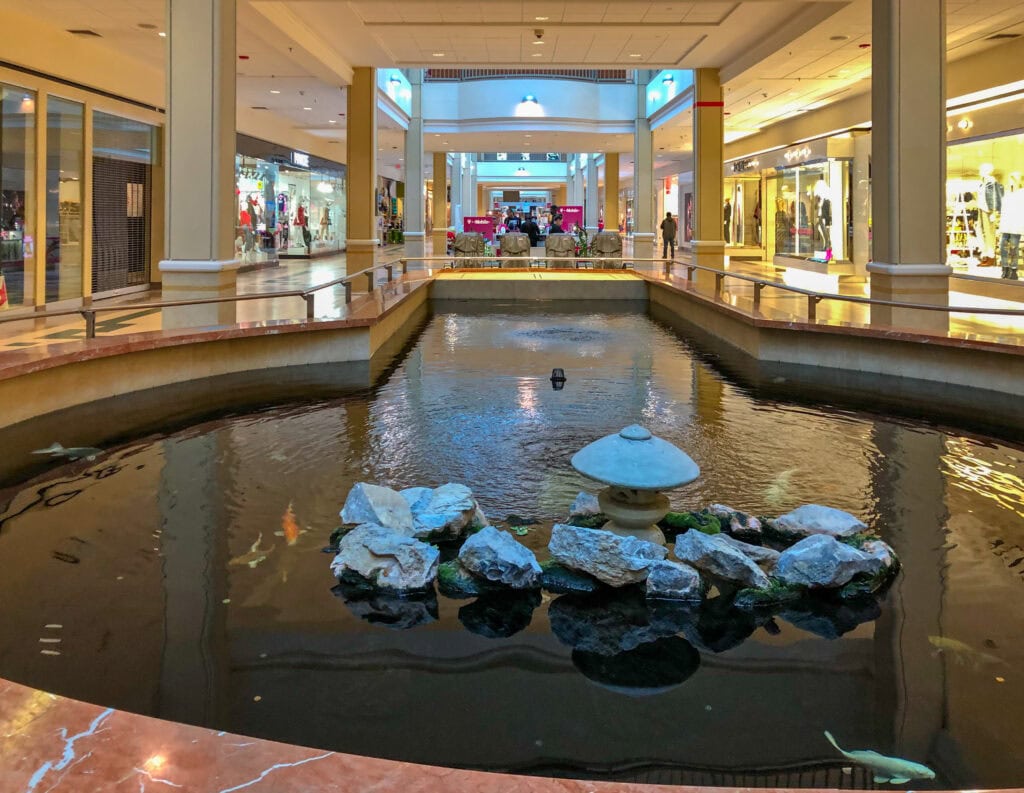

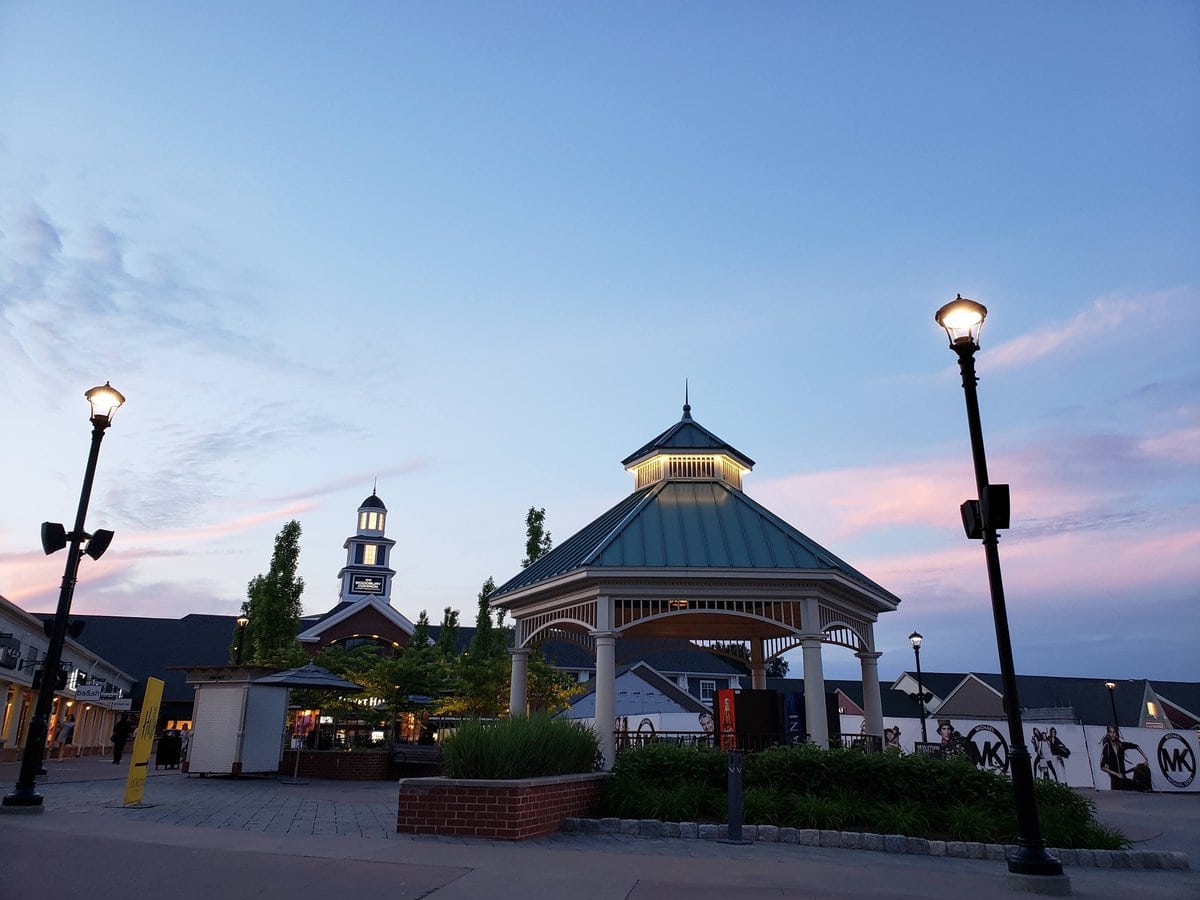
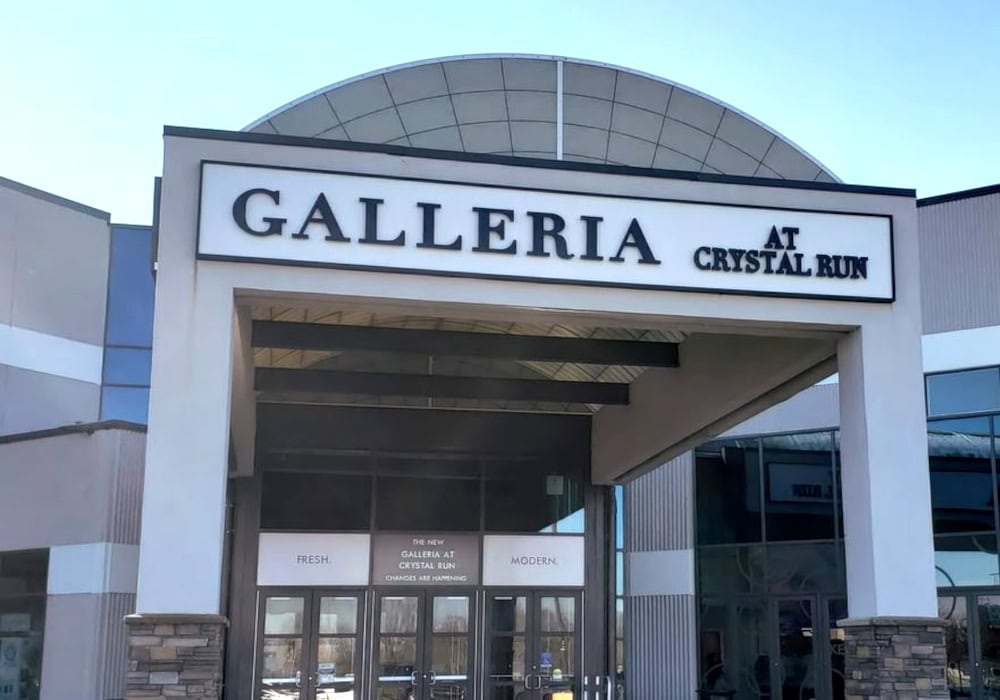

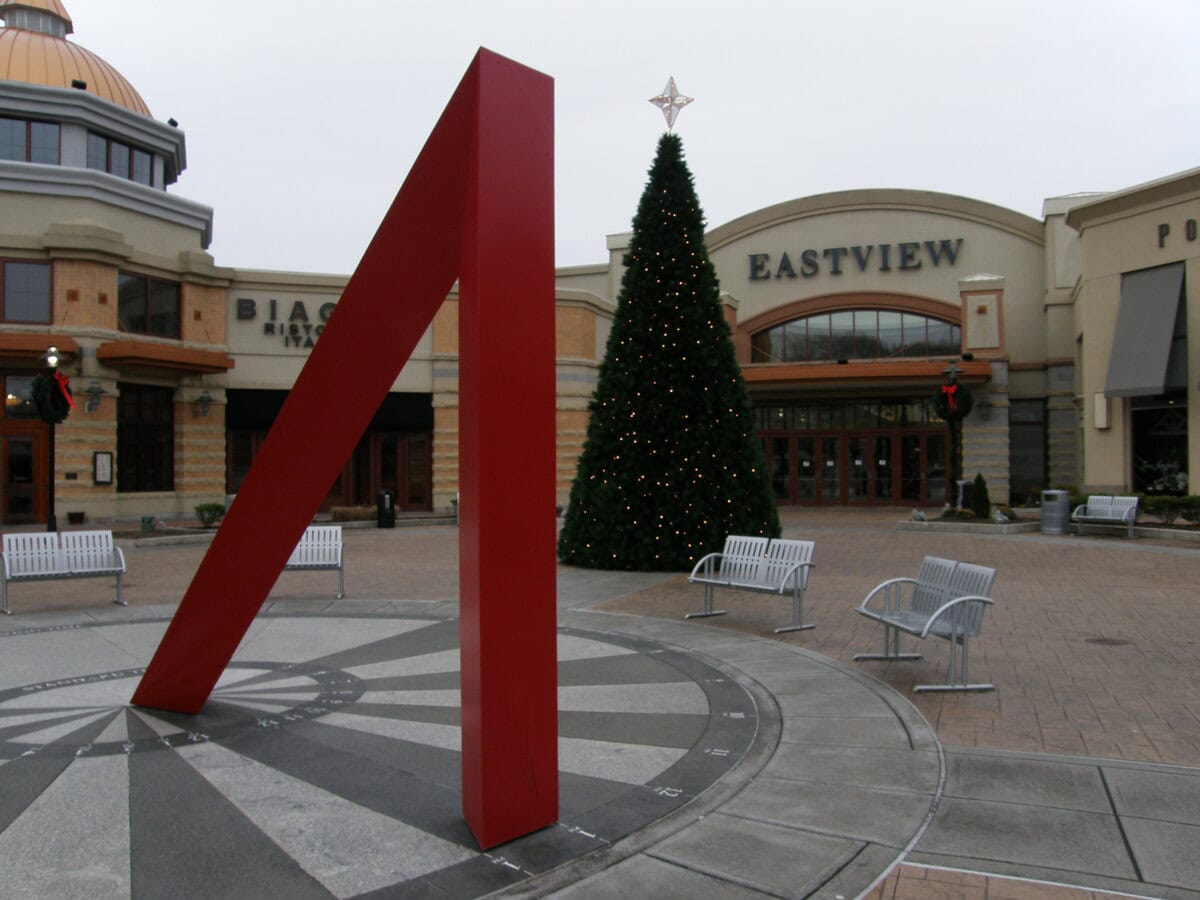
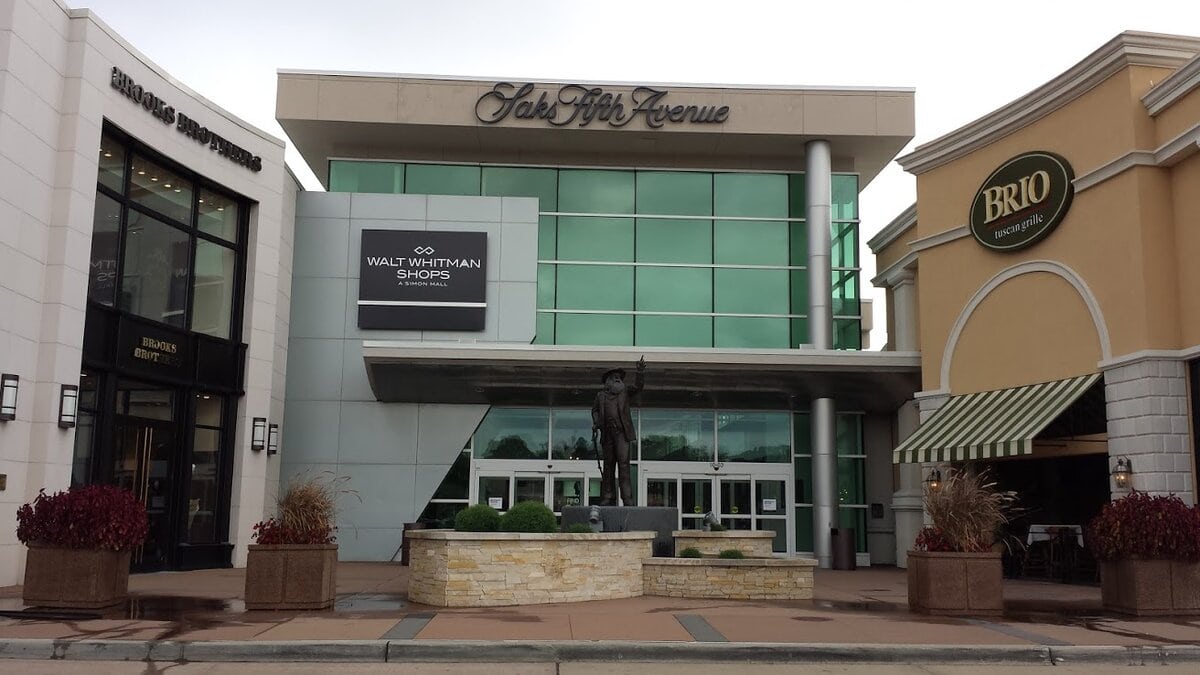
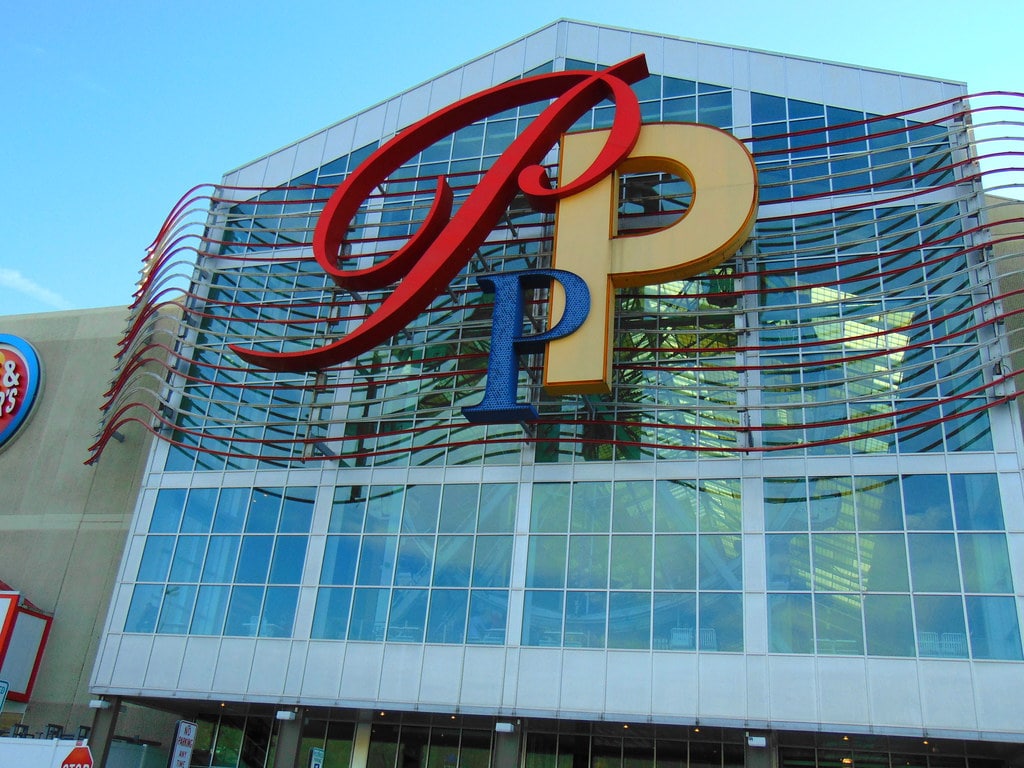
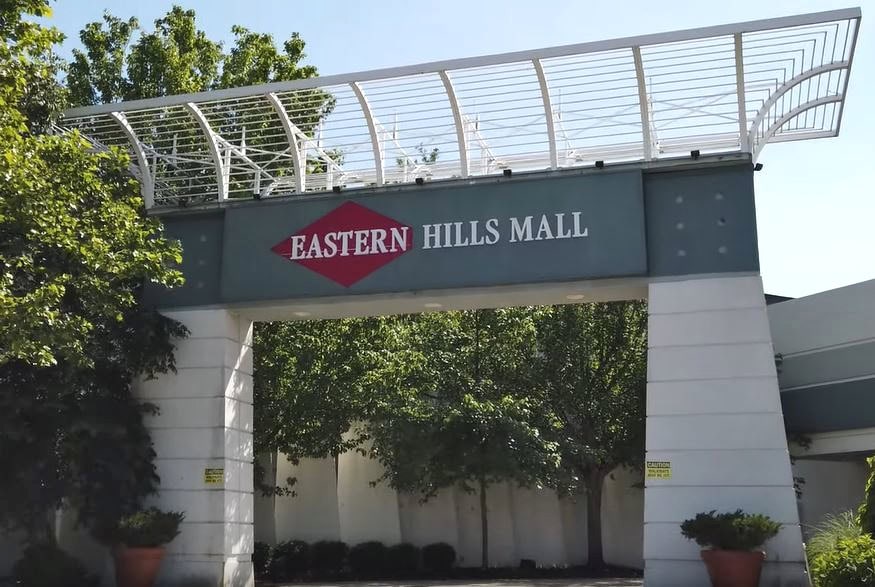
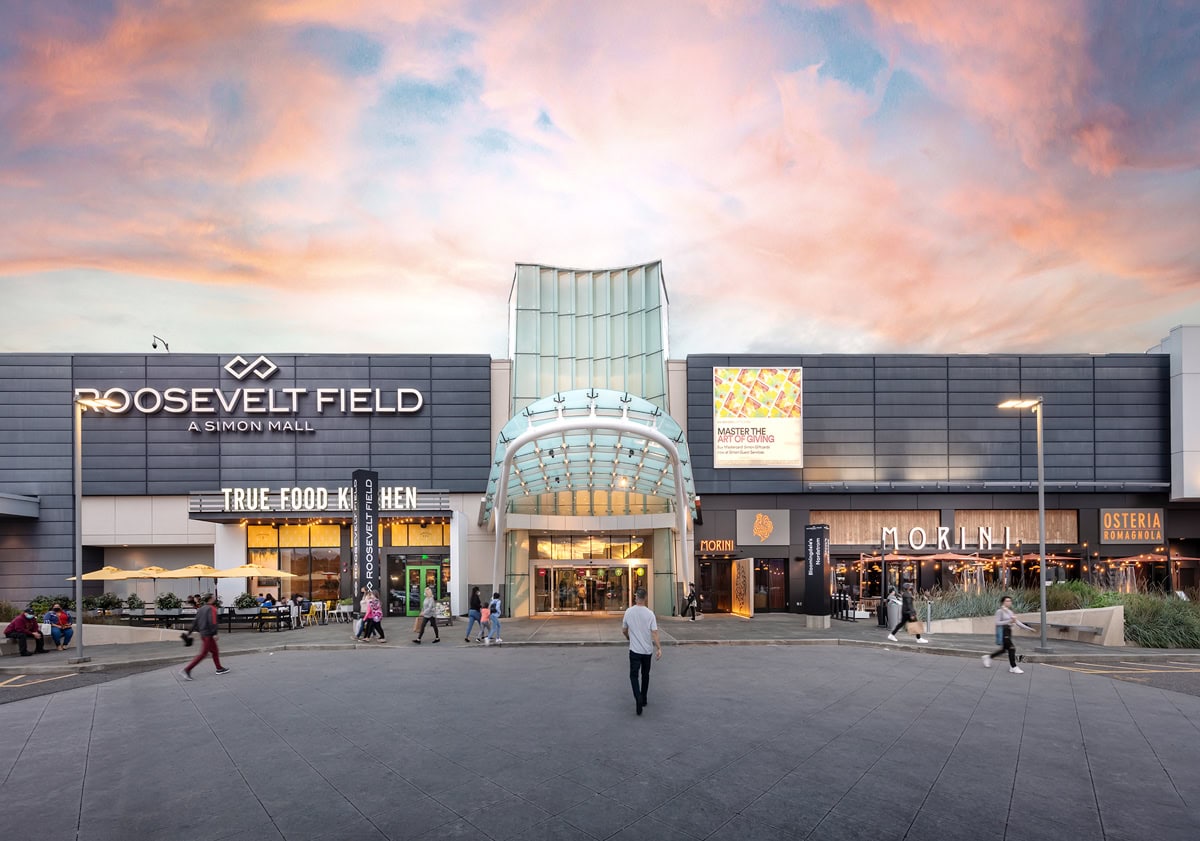
Good place for veteran housing
Sunrise Mall has the parking lots and the footprint—that's a start. But zoning battles and developer ambition tend to overwrite logic. I hope it stays focused on people, not returns.
I remember when this mall was built. I think they should make it an upper scale mall and get upeople out of the house again. Seems like since covid everything was online and it would be nice to get out and walk around a mall. I loved the movie theater. My kids loved dave and busters. Make it a family friendly mall for the next generation.
Malls used to be on Saturdays. Then, they became Amazon's leftovers. If they are coming back, they have to offer more than stores—safe places, real food, and places to wander without a goal.
Unfortunately, when there is any empty space, they put multiple housing. There is so much traffic here already and they add more and more people and their cars
Every project promises a transit-friendly design, but nine times out of ten, people still drive because the buses don't come and the sidewalks don't connect.
The liquor store told customers that it was closing because Northwell had bought the mall property. It would be nice if that could be confirmed or denied. Thanks
That rumor has been circulating for months, but no public documents clearly confirm a Northwell purchase.
I think its a disgrace that the peolpe of Massapequa have not been updated on what is going on at this location. The Town of Oyster Bay knows better. What ever project is made it should be for the benifit of the residents of Massapequa.
Your point about benefiting the residents is crucial - malls don't exist in isolation. They're community property in spirit, if not in ownership.